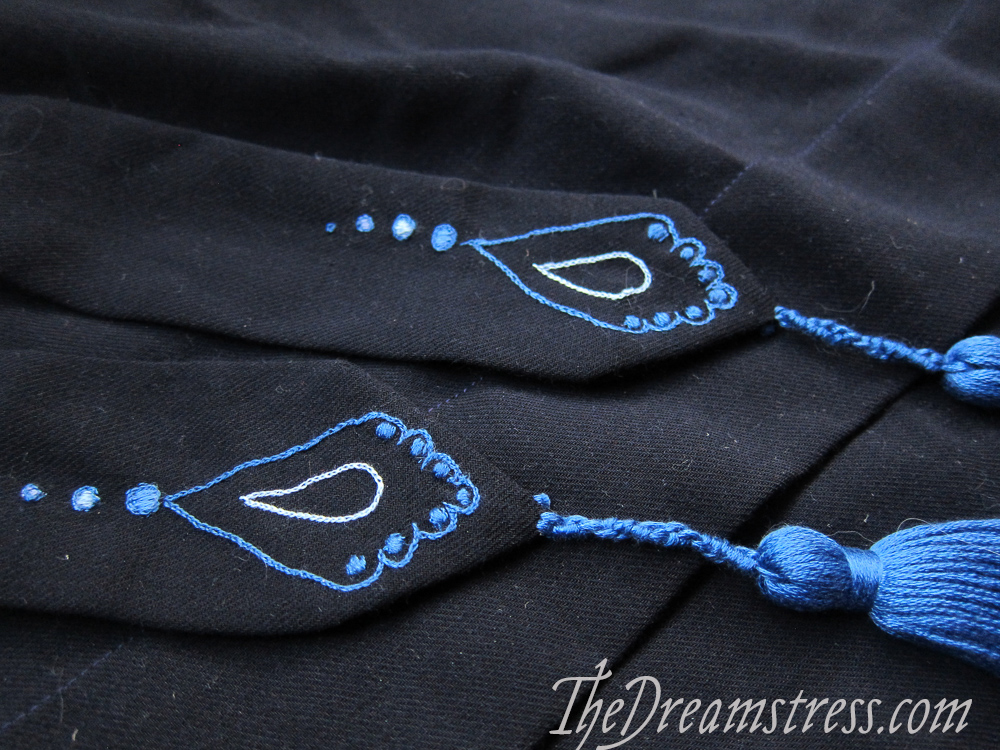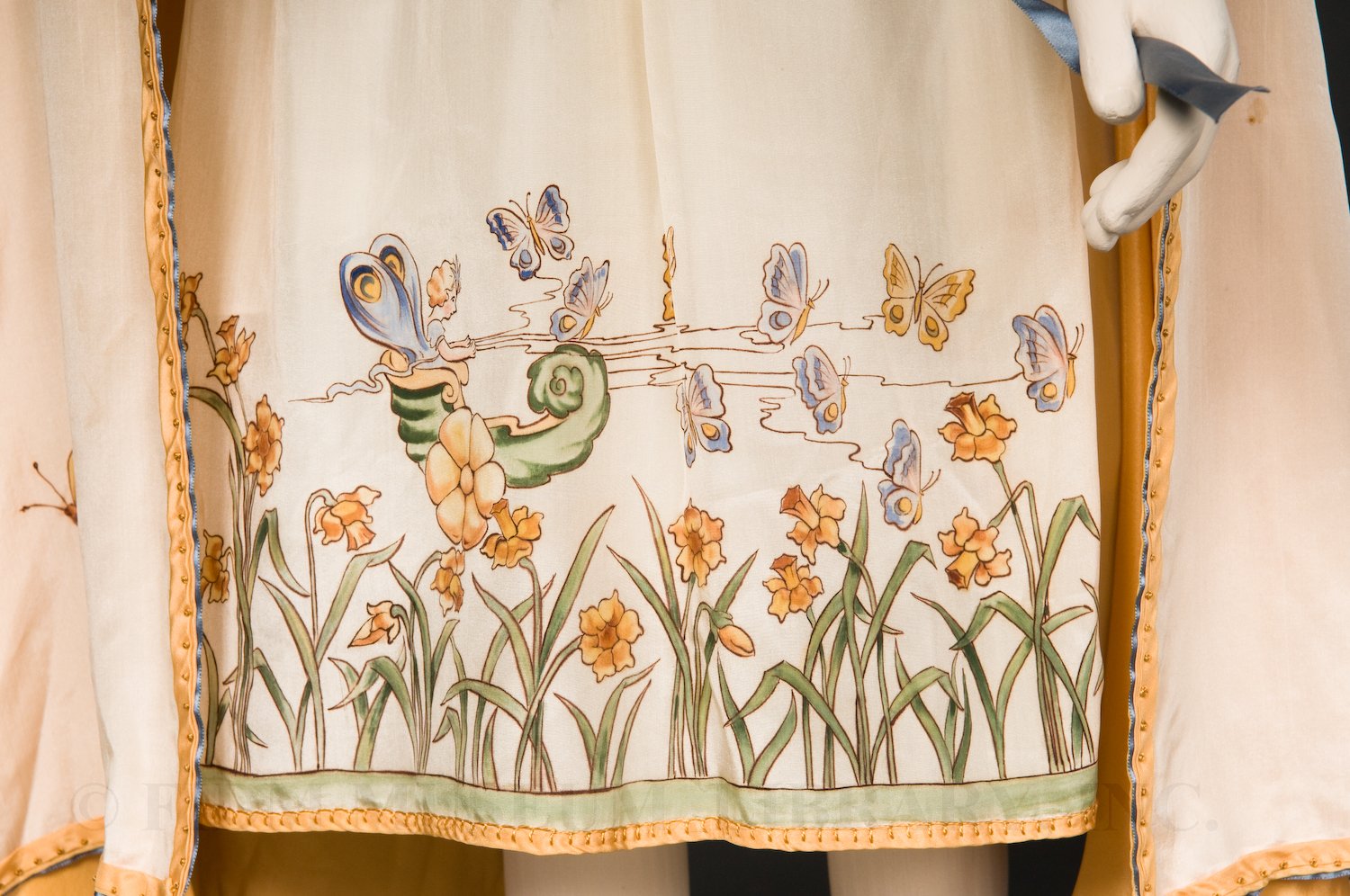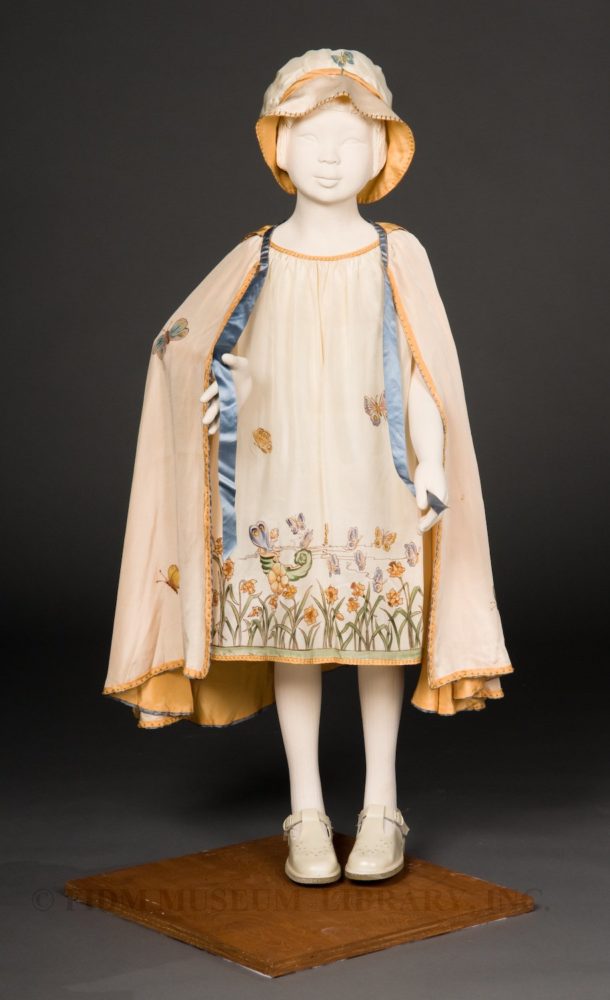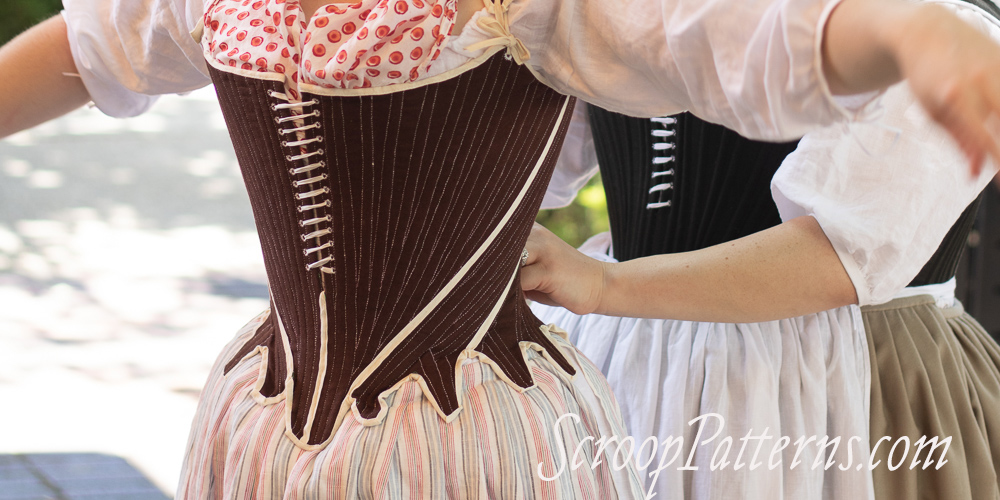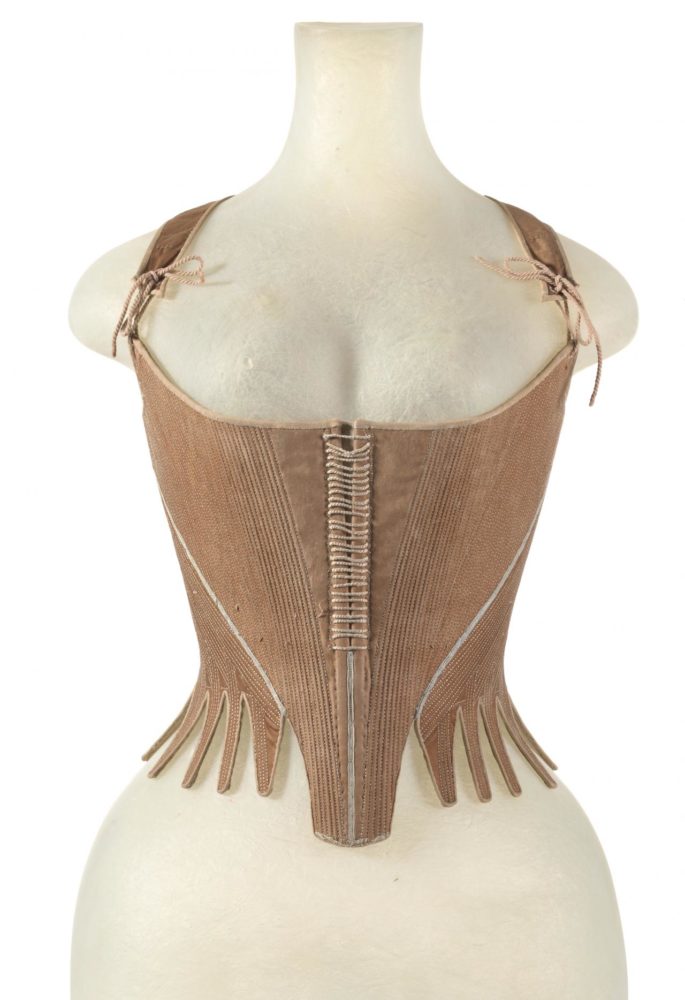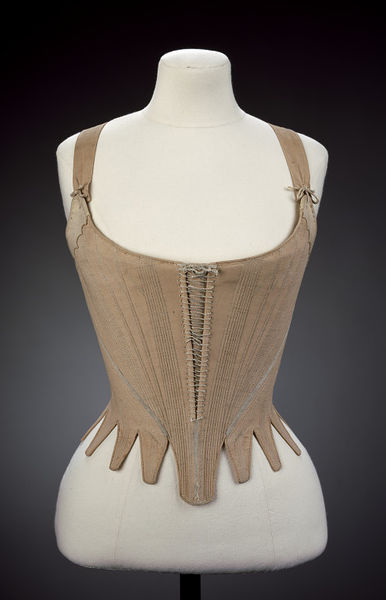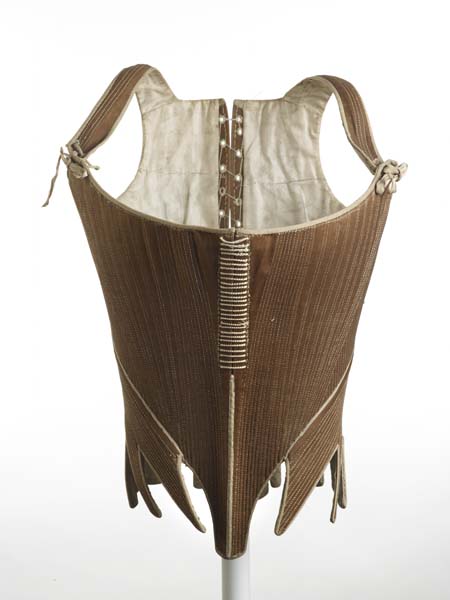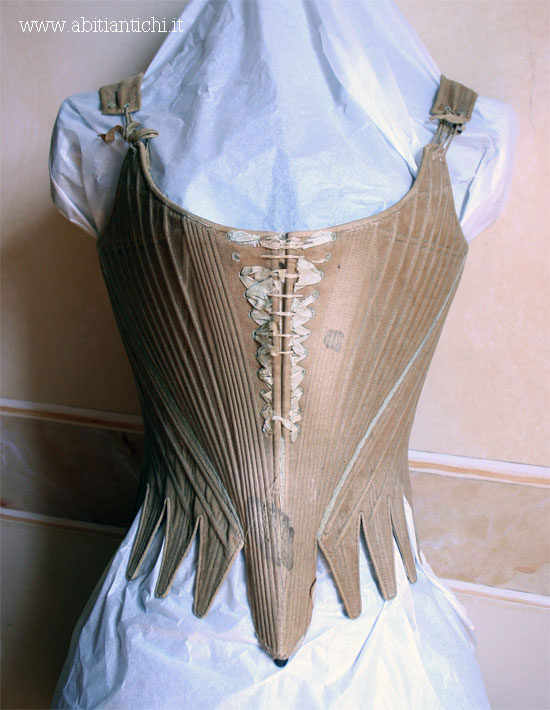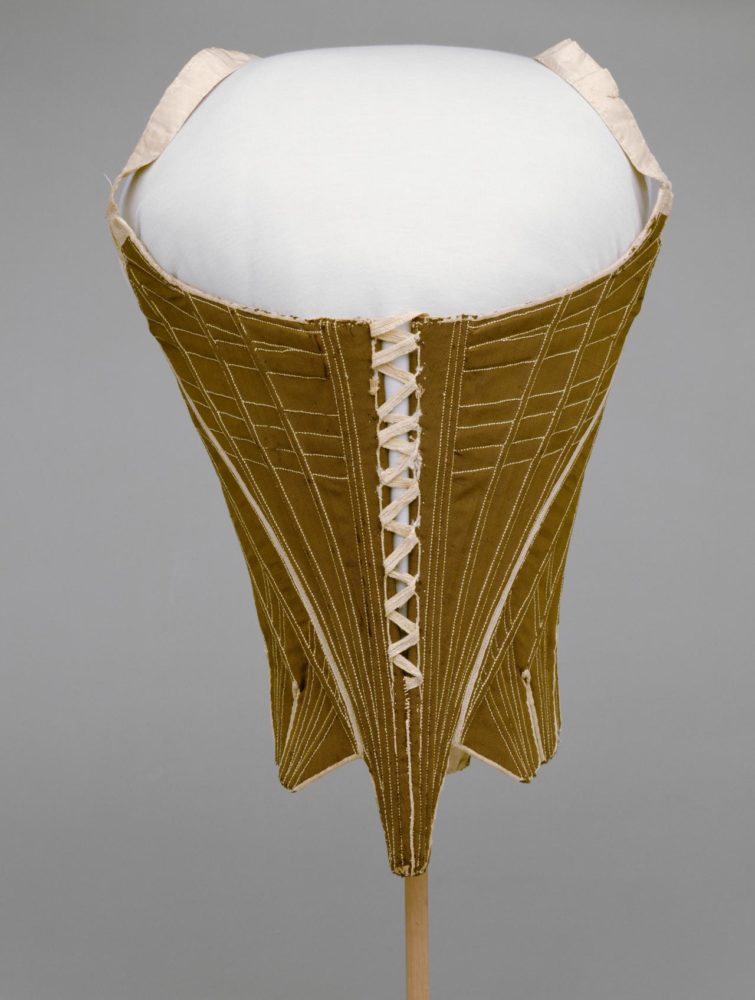I wore the 1918-19 ‘Not Another Blue Dress’ at Costume College, and loved it just as much as the first time I wore it.
I made a few improvements to it, and got some help from friend for a few more, and paired it with my Costumers for Climate Action sash.
For improvements, I loved the detailed yoke I’d made, but felt the sleeves were a bit plain in comparison. I had just a few scraps of the yoke fabric left, and by careful placement (and one small mend, which you can just see in the photo below if you look closely) I managed to cut a set of cuffs.

I’d paired the cuffs with fancy cut-glass buttons that imitate jet, and added matching buttons on the shoulder, where the yoke opens.
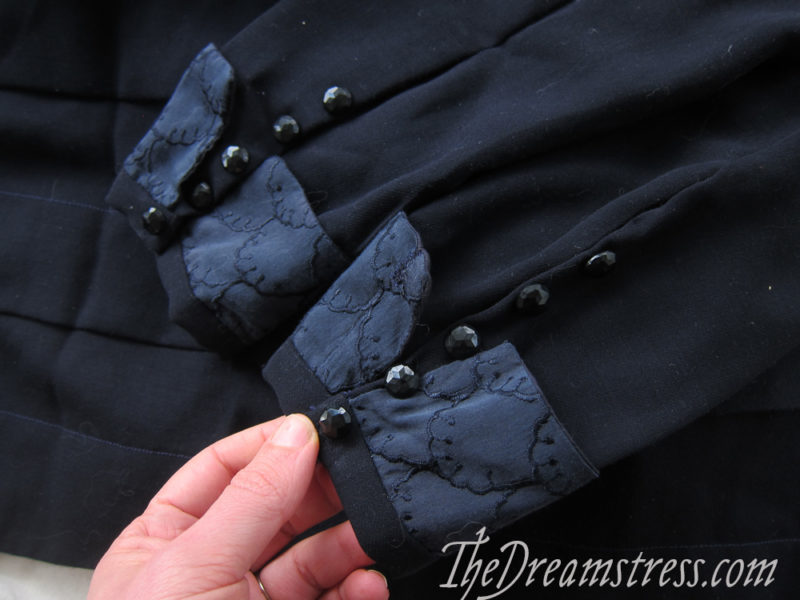
For more texture and visual interest, and a little bit of colour, Hvitr the tassel queen made me a set of tassels:

And Madame O the embroideress extraordinaire embroidered little motifs taken from a 1910s embroidery manual on the sash ends – no easy task as the sash was already cut, and the fabric is very wibbly and couldn’t be stabilised.
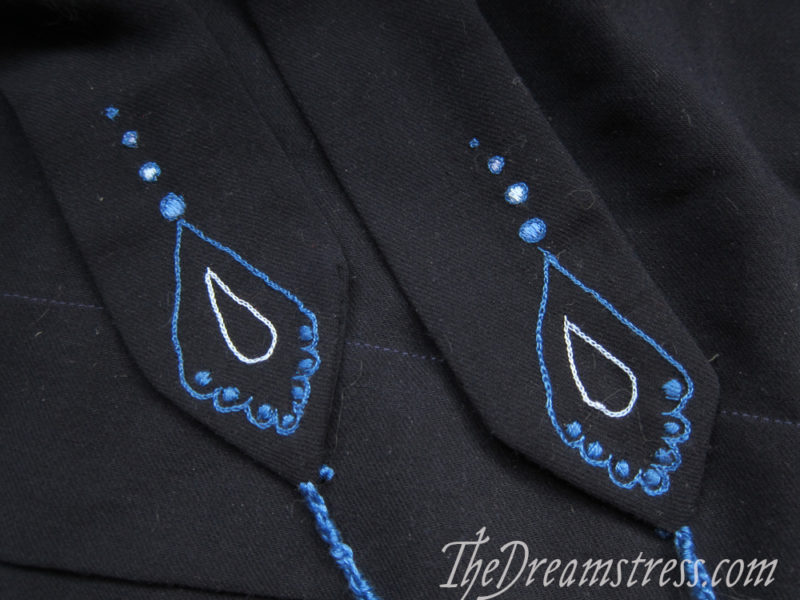
The tassels and embroidery were part of my ‘I don’t ask for stuff I just ask people to come spend and afternoon sewing for me’ birthday request (which often happens at a time of year completely unrelated to my birthday).
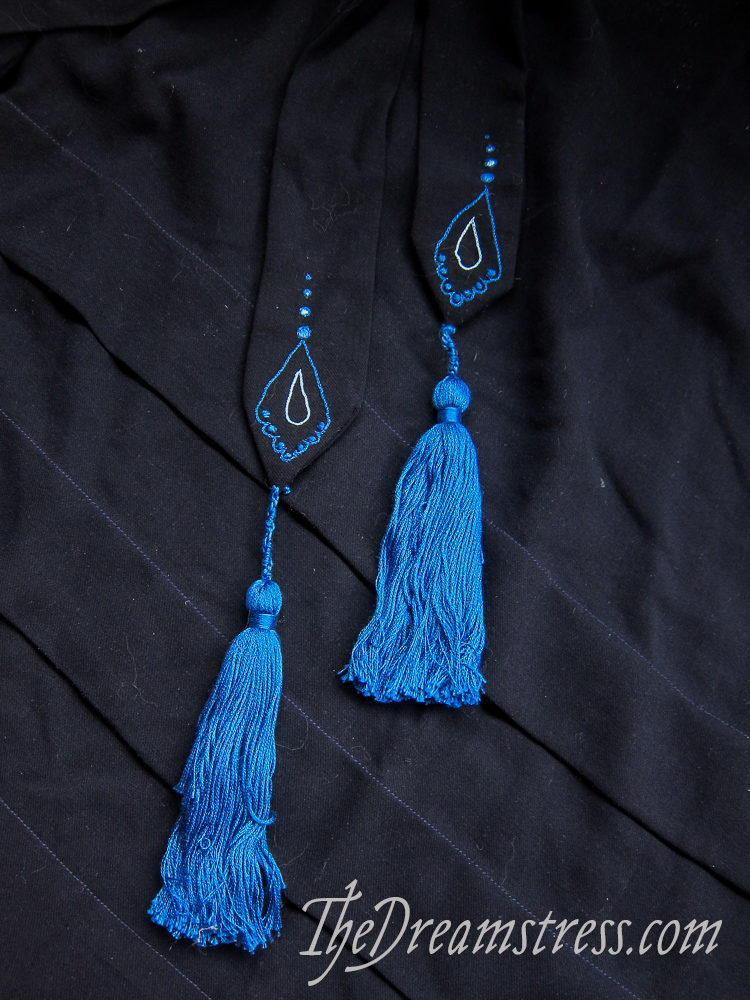
Kenna (@houkakyou) took a gorgeous set of photos of me in the outfit at Costume College.
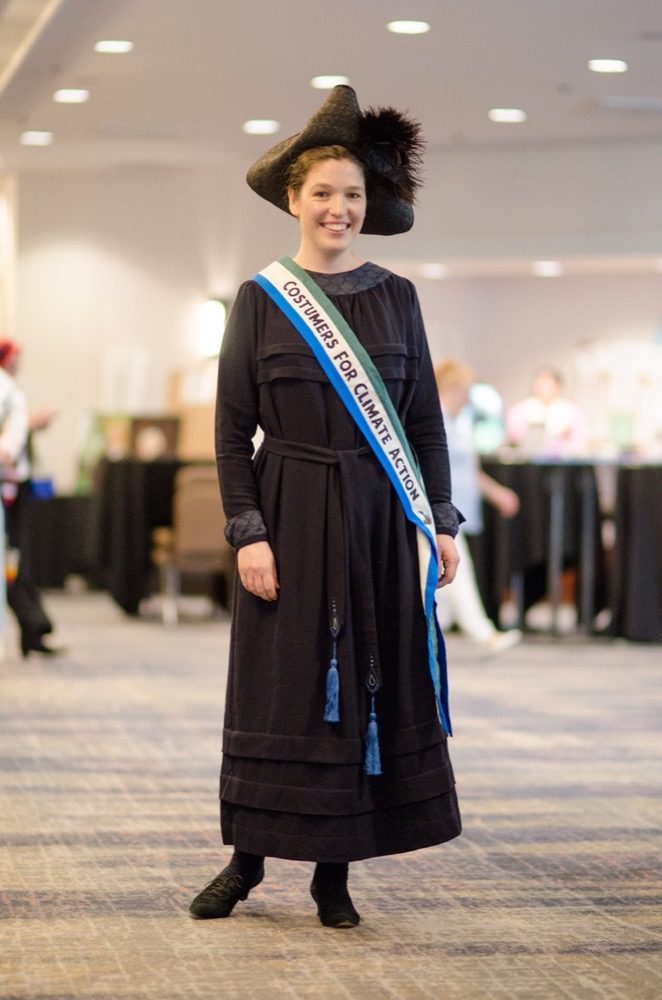
The Costume College photos were one of those wonderful, happy accidents. I waited in the hallway with my pocket camera, hoping to snag someone walking by to take a few pictures of me on it.
I saw someone with a camera, and though “ah hah! I bet they will be able to do a decent job.” I introduced myself and asked, Kenna agreed, snapped a few on my camera, and then offered to take some with her (much, much, much better) camera. She suggested a new angle, I posed, and these were the result.
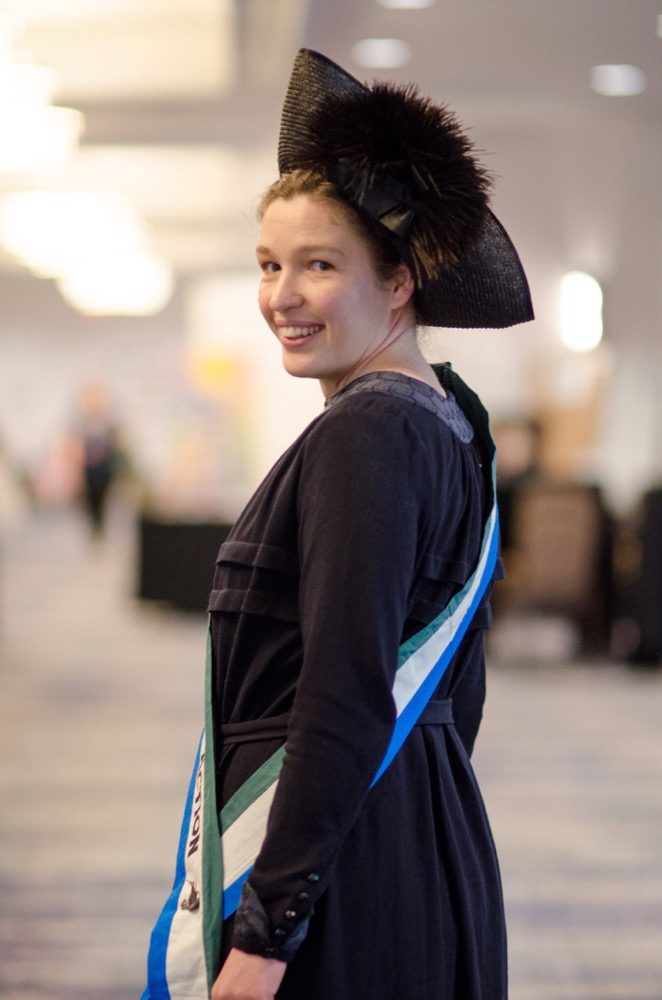
Note my little vintage silver & paua kiwi pin holding the sash closed!
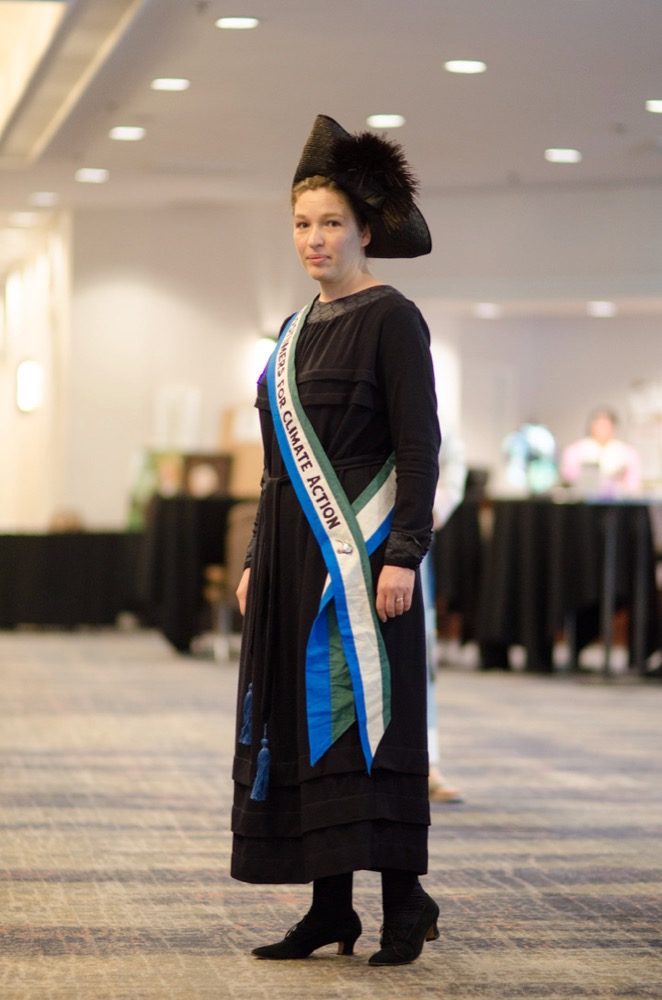
Thank you Hvitr & Madame O for the dress help, and Kenna for taking the amazing photos!

